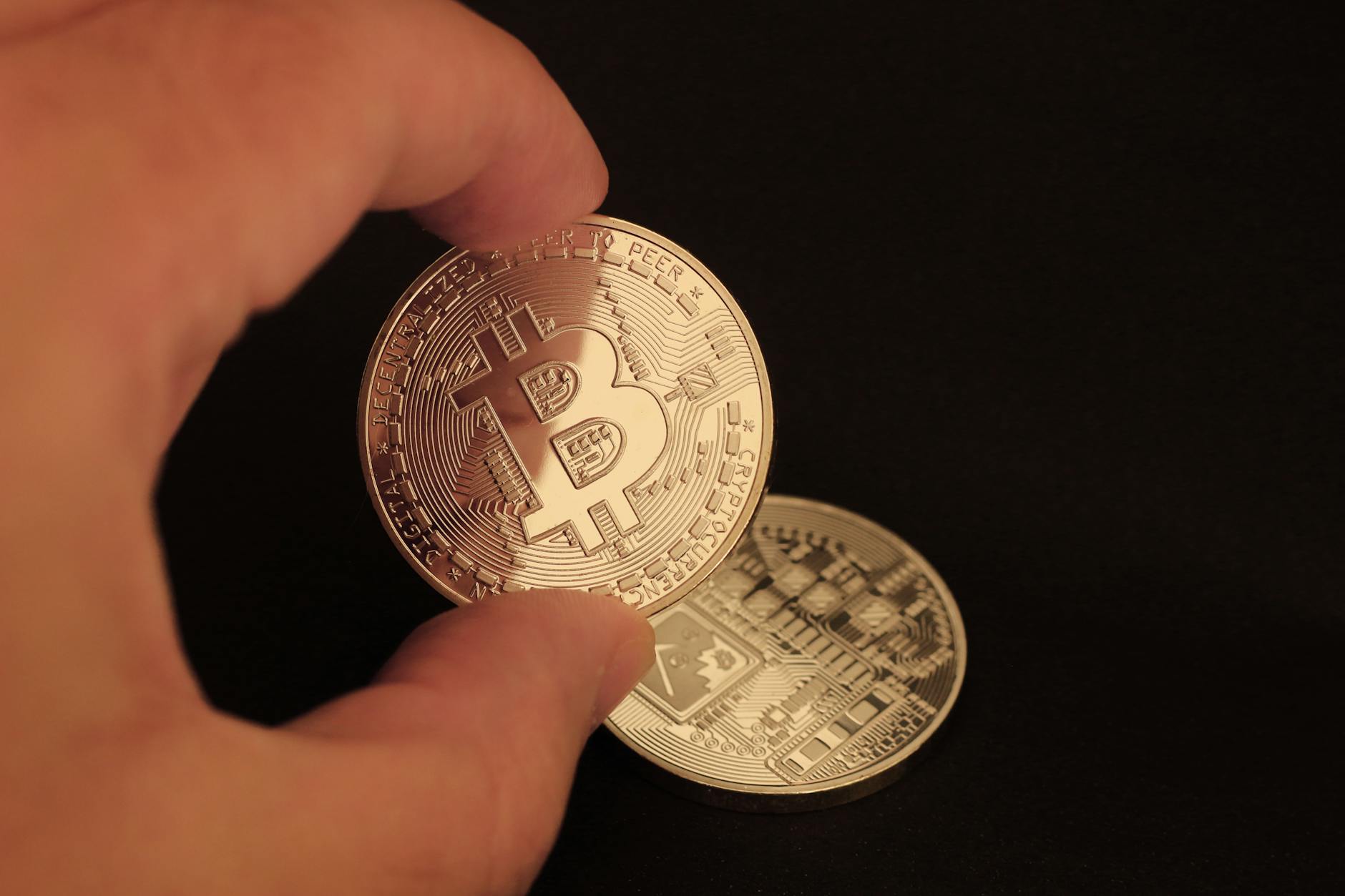The recent Deloitte report on the burgeoning influence of stablecoins in the traditional payment ecosystem provides a grounded perspective on how this digital asset is poised to shift the financial landscape. As stablecoins continue to gain traction, backed by governmental regulatory frameworks like the recently passed U.S. Senate bill, they offer a promising alternative to existing financial mechanisms, particularly in the realm of cross-border transactions.
Stablecoins, by design, are tethered to stable assets like fiat currencies, enabling them to offer the benefits of cryptocurrencies without the characteristic volatility. This stability is crucial for their adoption in mainstream financial operations, where predictability is as vital as innovation. The efficiency of stablecoins in cross-border payments, as highlighted by Richard Rosenthal of Deloitte, stems from their ability to bypass traditional banking channels, which are often laden with fees and procedural delays. This capability is not just theoretical; major financial service providers like Fiserv are actively developing infrastructures to support transactions via stablecoins, indicating a shift towards a more integrated adoption of this technology in everyday financial dealings.
However, the transition to stablecoin-based systems is not without its hurdles. The Deloitte report does not shy away from addressing the challenges such as regulatory compliance, market volatility despite the pegged nature of stablecoins, operational inefficiencies, and cybersecurity threats. These concerns necessitate a cautious approach to the adoption of stablecoins, underscoring the need for robust regulatory frameworks that ensure security and fairness in transactions.
Indeed, while stablecoins could potentially sideline traditional banks in certain functions, they do not render these institutions obsolete. Banks could still play a critical 'last mile' role in the conversion and final delivery of funds within the recipient's locale. This synergy between new digital asset firms and traditional banks could foster a more fluid, efficient global payments network.
The implications of this shift extend beyond just financial institutions. As stablecoins become more prominent, early adopting fintechs stand to benefit significantly. Companies like Circle Internet Group have already positioned themselves advantageously, as evidenced by their successful initial public offering, which saw a surge in stock prices following the Senate's affirmative vote on stablecoin regulation.
Looking forward, the potential disruption caused by stablecoins offers a dual narrative of opportunity and caution. Recent issues like the $9.6 million loss due to price manipulation in the stablecoin sector remind us that while the technology holds vast potential, it is not immune to the pitfalls typical of financial markets. Such incidents underline the importance of meticulous oversight and progressive refinement of regulatory policies to safeguard against similar vulnerabilities in the future.
For stakeholders in the financial ecosystem, embracing stablecoins is less about replacing the old with the new and more about evolving to incorporate new technologies that complement and enhance existing frameworks. For businesses and consumers alike, the advent of stablecoins in mainstream finance promises not just enhanced efficiency and reduced costs but also greater inclusivity in the global financial system. As we stand on the brink of this significant shift, the role of informed, measured policymaking will be paramount in realizing the full potential of stablecoins without compromising the stability and integrity of the broader financial ecosystem.



